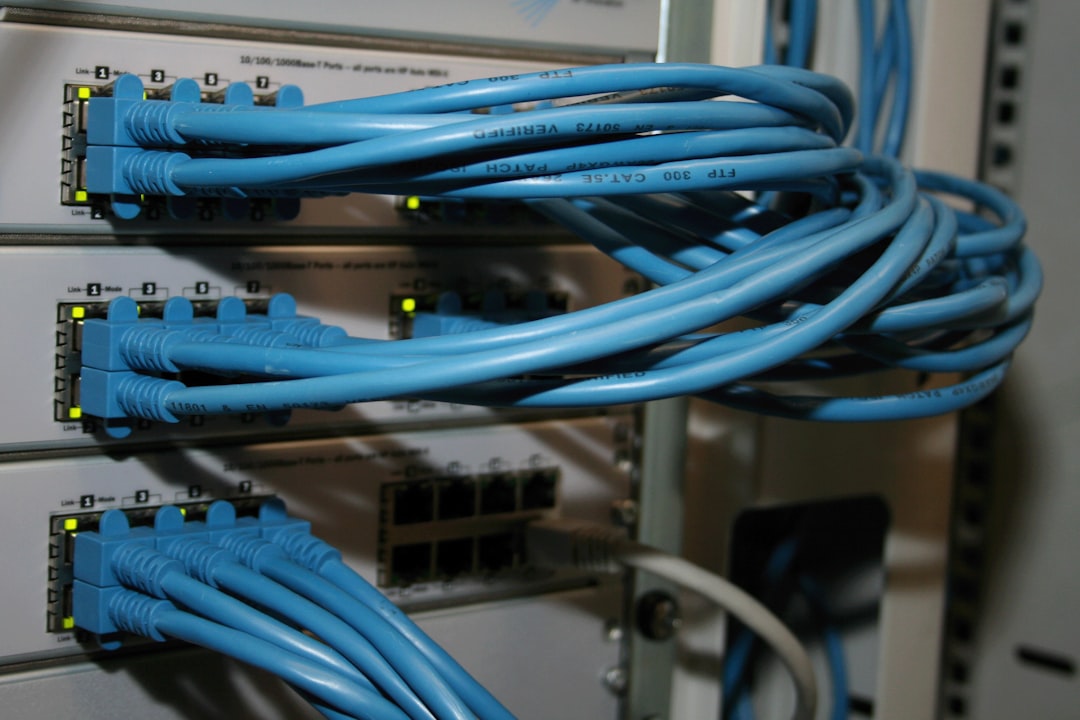When streaming on Hulu, encountering unexpected errors or interruptions can be frustrating—particularly when they follow a change in your internet service provider (ISP). One error that has increasingly confused users is the Hulu P-DEV320 error code. This issue often arises after switching ISPs and could signal deeper network configuration issues, especially around DNS, IPv6, and the use of Carrier-Grade NAT (CGNAT).
While many streaming errors are often app-related or temporary, encountering P-DEV320 in such a specific context may suggest that Hulu’s system has detected anomalies in your internet environment. Understanding the implications of how your ISP routes traffic, manages IP addresses, and communicates with content providers can offer insight—and potential solutions—to returning to a seamless streaming experience.
What Is Hulu Error Code P-DEV320?
The P-DEV320 is a general error indicating a communication failure between the Hulu app or device and Hulu’s servers. This may occur on various platforms including smart TVs, mobile apps, and streaming devices like Roku or Fire TV. In a general scenario, it could suggest issues like:
- Intermittent internet connectivity
- Outdated app or firmware versions
- Server-side issues on Hulu’s end
Yet, when this error emerges right after changing your ISP, suspicion shifts from Hulu’s service to the behavior of your network setup. Three culprits—Domain Name System (DNS), IPv6 implementation, and CGNAT techniques—often emerge in higher scrutiny.
How DNS Can Trigger Hulu Errors
DNS is the system that translates human-friendly domain names (like hulu.com) into machine-readable IP addresses. When you switch ISPs, it’s not uncommon to be assigned new default DNS servers. These default servers may:
- Be slower compared to third-party options like Google (8.8.8.8) or Cloudflare (1.1.1.1)
- Censor or redirect certain types of traffic
- Fail to route geolocation properly, presenting a different regional profile to Hulu’s servers

Streaming platforms like Hulu rely on accurate geolocation to enforce content licenses and regional availability. If your DNS server misrepresents your region, Hulu may reject the connection to protect their content rights. Furthermore, some ISPs embed security or advertising tools within their DNS—which can lead to responses Hulu interprets as anomalous or malicious, resulting in P-DEV320.
How to Fix DNS-Related Issues
To isolate DNS as the source of error:
- Change your device or router’s DNS settings to a known, reputable public DNS service (e.g., Google or Cloudflare).
- Restart your router and the Hulu app or device.
- Clear the DNS cache on your system (if applicable).
If the issue disappears, it confirms that DNS configuration was interfering with Hulu’s connection protocols.
Role of IPv6 in Streaming Incompatibilities
IPv6 is the next-generation internet protocol, intended to replace the aging IPv4 system. While many ISPs now provide IPv6 connectivity, its adoption by content providers, especially streaming platforms, varies significantly. If your new ISP deploys IPv6 aggressively and your Hulu-compatible device defaults to using IPv6, you might experience:
- Connectivity problems due to partial or broken IPv6 tunnels
- Failure for DNS to reconcile Hulu’s servers with IPv6 routes
- Discrepancies between IPv6 and IPv4 location reporting
For instance, a misconfigured IPv6 deployment can lead to Hulu interpreting multiple connection points, confusing the system and prompting automated security measures.

How to Address IPv6 Conflicts
You can test whether IPv6 is contributing to the issue by temporarily disabling IPv6 support:
- Access your router or device’s network settings.
- Disable IPv6 and force use of IPv4.
- Restart the streaming device and reload Hulu.
If Hulu operates smoothly afterward, you may want to maintain IPv4 as your default stack for compatible devices until Hulu fully supports IPv6 for your region.
CGNAT and Its Impact on Streaming Services
Carrier-Grade NAT (CGNAT) is a method ISPs use to conserve IPv4 addresses. Instead of issuing a unique public IP address to each household, they use a single public IP across multiple subscribers, routing individual traffic through separate internal private IP assignments.
Why does this matter to Hulu? CGNAT can cause several problems:
- Exposure of shared IP address histories, causing Hulu to flag “unusual location activity.”
- Shortened or altered IP lifespans, breaking persistent sessions with Hulu’s servers.
- Inability to maintain consistent handshakes for encrypted content delivery (DRM concerns).
Moreover, when Hulu sees multiple users on one IP address (especially from separate locations or devices), its system may temporarily block or restrict content access to avoid potential piracy or account sharing.
Identifying and Bypassing CGNAT
To detect if you are under CGNAT, compare your local IP address listed in your router with the public IP displayed online via a service like whatismyip.com. If they differ significantly and your public IP is shared with multiple users, it’s likely that you’re behind CGNAT.
Potential workarounds include:
- Ask your ISP for a static public IP (some offer this for free or at a small charge).
- Use a VPN service to bypass CGNAT—although Hulu may block VPN traffic, making this inconsistent as a solution.
- Switch to a business-grade plan with direct IP allocation, if available.
The Role of Hulu’s Internal Safeguards
As part of its content protection strategy and terms of service enforcement, Hulu aggressively monitors variables such as IP consistency, DNS paths, and network location changes. The P-DEV320, in technical documentation and support cases, has appeared in several scenarios:
- Frequent IP address changes, especially tied to mobile or CGNAT usage
- Use of unknown or untrusted DNS relay services
- Content requests routed through incompatible IPv6 tunnels
This holistic monitoring helps Hulu prevent proxy usage, unauthorized sharing, and service abuse. Unfortunately, it also introduces legitimate friction for users whose ISPs use modern, and sometimes aggressive, network configurations.
Conclusion
If you’re facing the P-DEV320 error after switching ISPs, the underlying issue may not be with Hulu or your devices, but with the architecture of your new internet connection. Factors like DNS routing, forced IPv6 traffic, and shared CGNAT addresses can all complicate communication with Hulu’s content servers.
Troubleshooting involves:
- Reviewing and adjusting your DNS settings to a trusted third-party provider
- Disabling IPv6 temporarily to restore compatibility
- Checking for CGNAT involvement and seeking a dedicated IP if needed
Engaging with your new ISP’s support teams to learn about your network configuration can also offer necessary transparency. Ultimately, resolving P-DEV320 may require collaboration between you, your ISP, and occasionally—Hulu’s technical support team.
Being informed about these invisible internet layers not only helps restore your streaming capabilities but empowers you to demand better, more transparent services from your connectivity providers.







